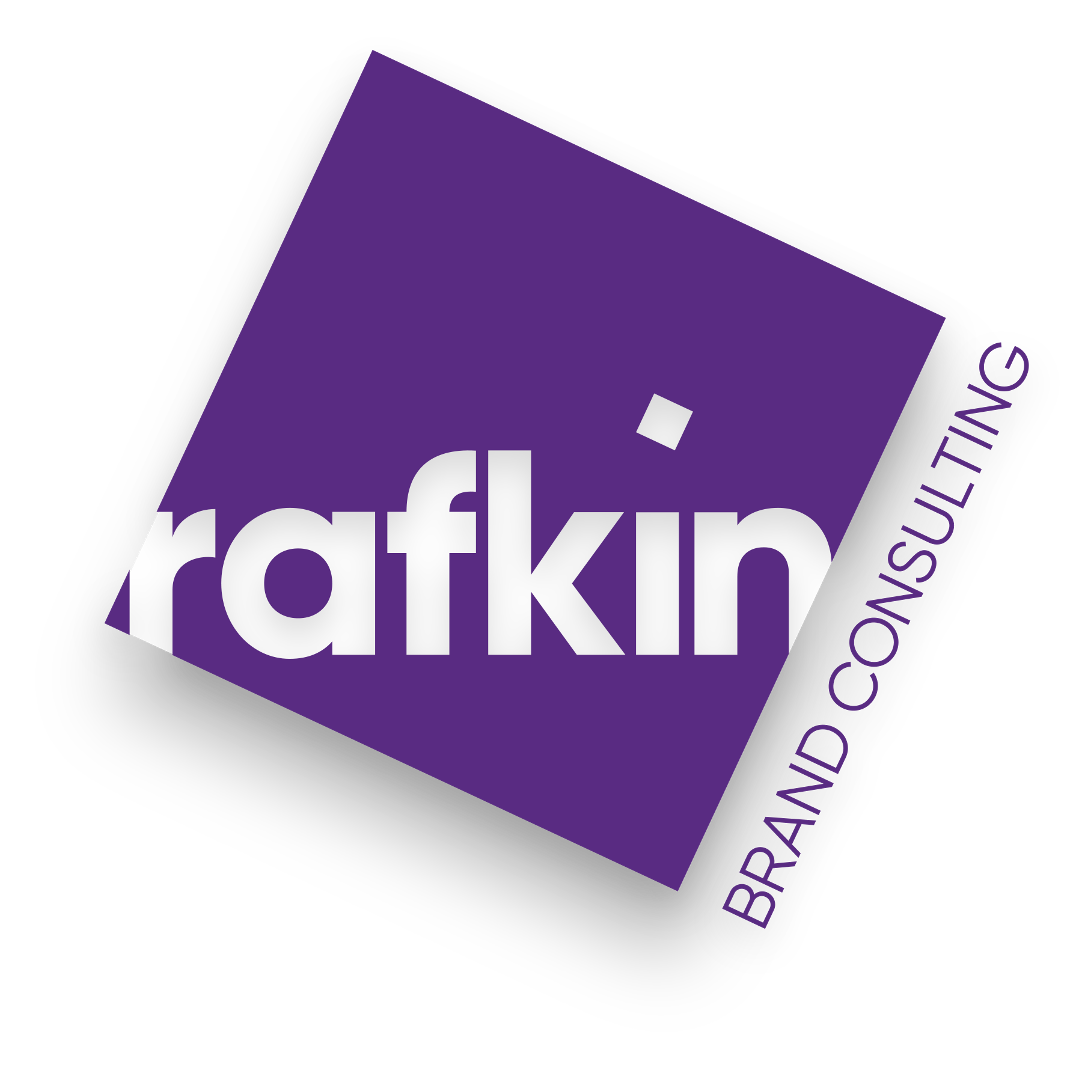Five Key Branding Trends from 2023
2023 was a challenging year for marketers and brands. Here are five key trends I encountered this year:
1. Nostalgia is back.
During times of political chaos and social disruption, Americans yearn for kinder, simpler times. Nostalgia is an easy way to tap into trust and comfort, by reassuring customers with tried-and-true stories that evoke the familiarity and safety of earlier days. Mattel relaunched Barbie with spectacular results. Burger King reinterpreted its “Have it your way” jingle. Pepsi redesigned its logo (again) from 15 years ago. Kraft changed the name of its classic Macaroni and Cheese to “mac & cheese,” and doubled its marketing investment. Global brands of all kinds leaned into nostalgia in 2023. Expect more of the same in 2024.
2. Artificial Intelligence must be regulated.
It’s easy to believe the hype that artificial intelligence will take our jobs, ruin our lives, and rule the world. But it doesn’t have to be this way. We should look at past tech disruptions, like Google web search in 2004 or Facebook social media in 2015, for lessons on how to develop smarter approaches with more transparency, accountability, and regulation. The fastest-growing brand in 2023 was ChatGPT. No surprise, it popped up everywhere, from ad copy to journalism to college essays. If the recent Board dispute at ChatGPT’s parent OpenAI taught us anything, it is that monopolies are going to act like monopolists. There will always be pressure to commercialize and monetize new technologies, even if they’re not ready, and even if unintended consequences have not been considered. With a clear vision and a commitment to the common good, today’s ChapGPT doesn’t have to become tomorrow’s Facebook.
3. “WFH” is here to stay.
Though CEOs continue to devise ever more clever ways to compel workers to return to the office, IMHO, the genie is out of the bottle. It’s undeniable that people benefit from human contact and the serendipity that working together in an office provides. But not always. Technologies like Zoom and Slack have set us free. Workers of all kinds have discovered that many tasks can happen anywhere, and we can be more productive at work and at home by ditching the 1, 2, and even 3-hour daily commutes, and only showing up at an office when necessary. Across the country, the office vacancy rate is currently at 23%, compared to 16% before the pandemic and there’s a fire sale on Class A office leases in major cities like San Francisco, New York City, and Dallas. I can’t tell you how many offices I visited this year where people sat in empty conference rooms taking Zoom calls with colleagues down the hall. New work models are emerging…and many of today’s knowledge workers are not going back.
4. “Blandification” is bad for business.
Have you seen the latest Johnson & Johnson rebrand? Or the Burberry redesign? In 2023, one of our most trusted healthcare brands changed its iconic logo, based on its founder’s signature, to a bland and blocky, sans-serif wordmark. Also this year, one of the most prestigious global fashion brands ditched its equestrian knight and its proper British serifs in favor of an all-cap, block letter wordmark rendered in black. Wrong approach. Today’s “blandification” trend strips away the history, warmth, and legacy of a brand, filtering it down to its bare essentials. Taking the uniqueness and quirkiness out of a logo – eliminating everything that makes a mark emotional and memorable – is a big mistake. Bland and safe is the opposite of how brands should work.
5. Great stories stick.
My #1 read this year was Stories that Stick: How Storytelling Can Captivate Customers, Influence Audiences, and Transform Business, by Kendra Hall. We’ve all witnessed the power of storytelling, in business and in life. Now, science tells us that great storytelling lights up our lizard brains. Since before the Ice Age, humans have told engaging stories to express their innermost hopes, dreams, and fears, via commonly understood narratives and universal archetypes. A powerful story builds brand affinity, connects emotionally, and creates life-long impact. As Hall writes, “consumers don’t buy the thing. They buy what the thing does for them.” Engaging storytelling brings these benefits to life and makes them stick. One of my favorite examples is Airbnb’s “Host Stories,” which uses real-life, emotional stories to recruit people as hosts for their platform. Check out Airbnb Host Stories here.
Next year I’ll be following the advice of Dr. Seuss, my favorite philosopher, who wrote, “You’ll never get bored when you try something new. There’s really no limit to what you can do.” Happy holidays and warm wishes for a joyous new year!
Lee Rafkin is a leading branding, marketing, and strategic communications consultant based in New York City. As a Fractional CMO, Rafkin has named, branded, and launched numerous OOH brands, including OUTFRONT, Geopath, BOLDSITE, NextGrad, and Motionworks. Lee can be reached at lee@rafkin.com.
